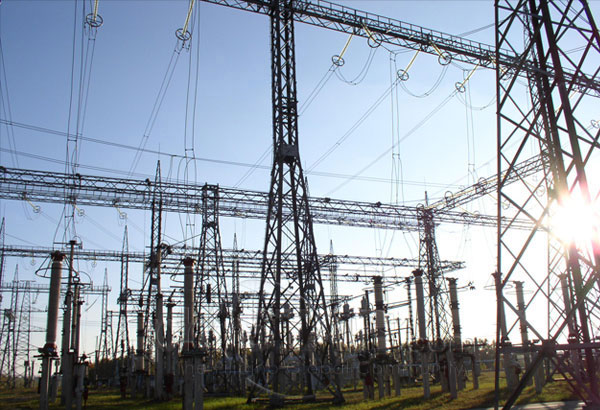Banks’ bad loans ratio hits 3.41%

Highest in 7 months
MANILA, Philippines — The share of bad debts to the banking sector’s total loan book climbed for the fourth straight month to hit a seven-month high in April on the back of slower credit growth after a series of aggressive rate hikes delivered by the Bangko Sentral ng Pilipinas (BSP).
Preliminary data from the central bank showed that the non-performing loan (NPL) ratio of Philippine banks inched up to 3.41 percent in April, the highest since the 3.42 percent recorded in September last year, from 3.33 percent in March.
The industry’s NPL ratio improved steadily to a two-year low of 3.16 percent in December 2022 after hitting 3.97 percent in December 2021. The ratio peaked at 4.51 percent in July and August 2021 as the Philippine economy struggled due to the impact of the COVID-19 pandemic.
According to BSP data, bad debts of Philippine banks declined by 4.5 percent to P427.26 billion in April from P447.44 billion in the same month last year.
However, the industry’s soured loans have increased for the past four months from P398.79 billion in December.
On the other hand, the growth of the banking sector’s total loan portfolio has been slowing over the past few months as the BSP Monetary Board raised interest rates by 425 basis points since May last year to tame inflation and stabilize the peso.
Banks booked a slower 10 percent rise in loan disbursements o P12.54 trillion in April from P11.39 trillion due to the impact of the year-long tightening cycle that saw the benchmark interest rate hit a 16-year high of 6.25 percent.
The banking sector’s past due loans slipped by 2.5 percent to P516.02 billion from P529.3 billion, while restructured loans declined by 4.5 percent to P325.01 billion from P340.5 billion.
Meanwhile, banks reported an 8.8 percent rise in loan loss reserves to P441.04 billion in April. This translated to a loan loss reserve level of 3.52 percent and an NPL coverage ratio of 103.22 percent.
After raising interest rates since May last year, the BSP decided to take a prudent pause as it kept the benchmark interest rate steady at 6.25 percent last May 18.
S&P Global Ratings sees the NPL ratio of Philippine banks settling at 3.3 percent this year as the sector is likely to post a single-digit credit growth amid higher borrowing costs.
According to the debt watcher, the rising interest rate environment amid persistently high inflation would make a dent on credit growth.
On the other hand, Fitch Ratings expects the NPL ratio of Philippine banks remaining steady at around 3.5 percent this year as the adequate financial buffers of large corporate borrowers and a supportive economy largely offset the risks.
- Latest
- Trending


























